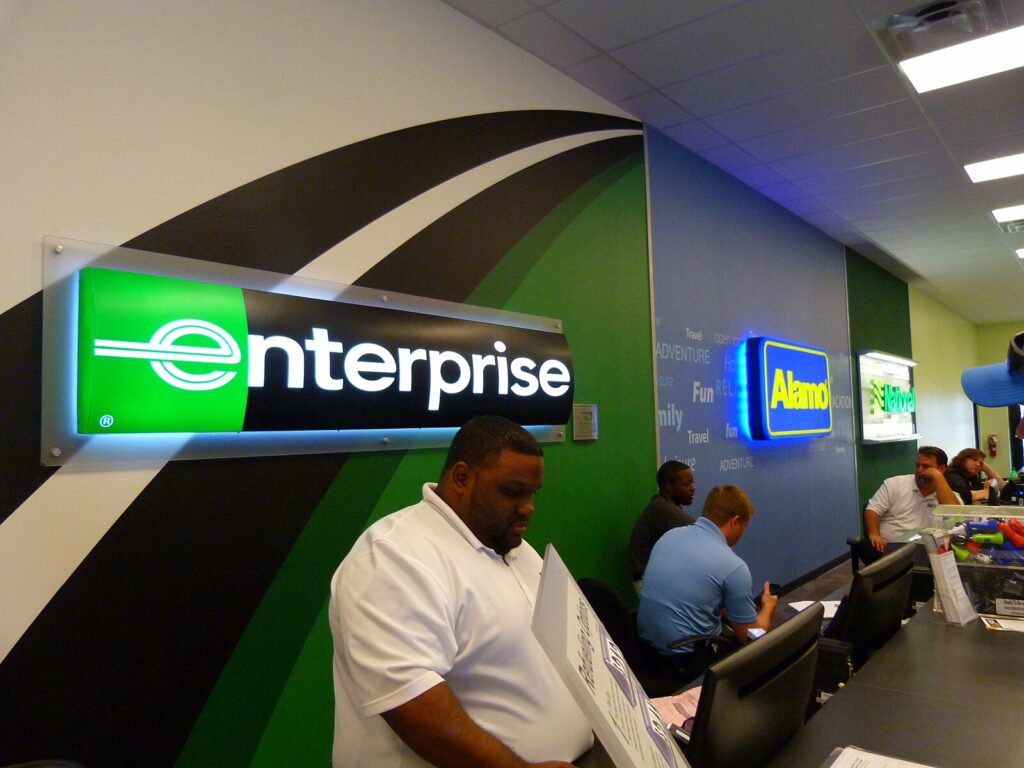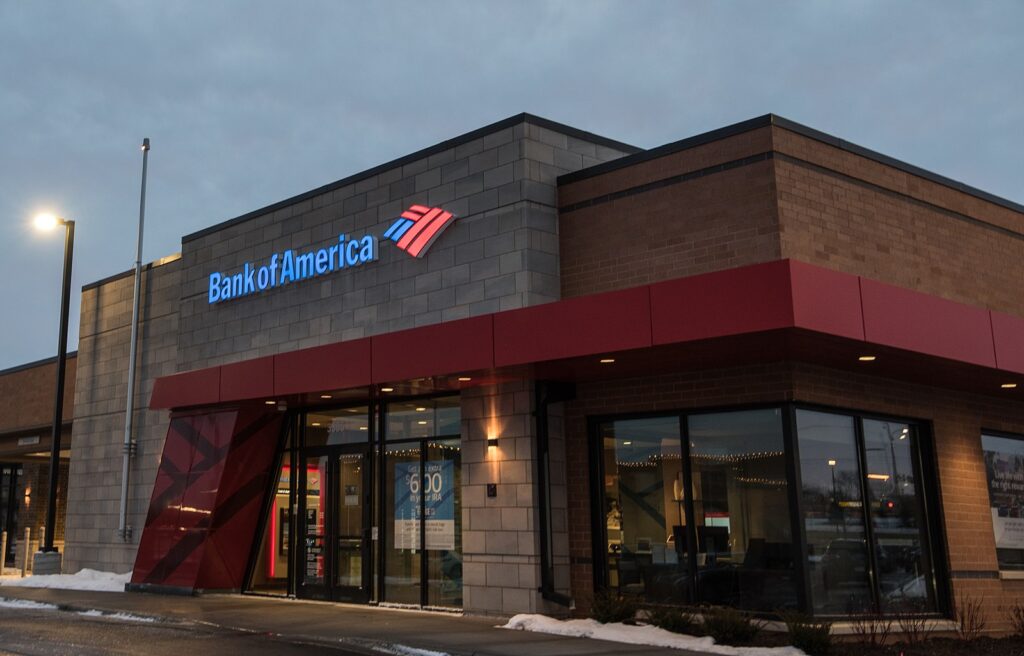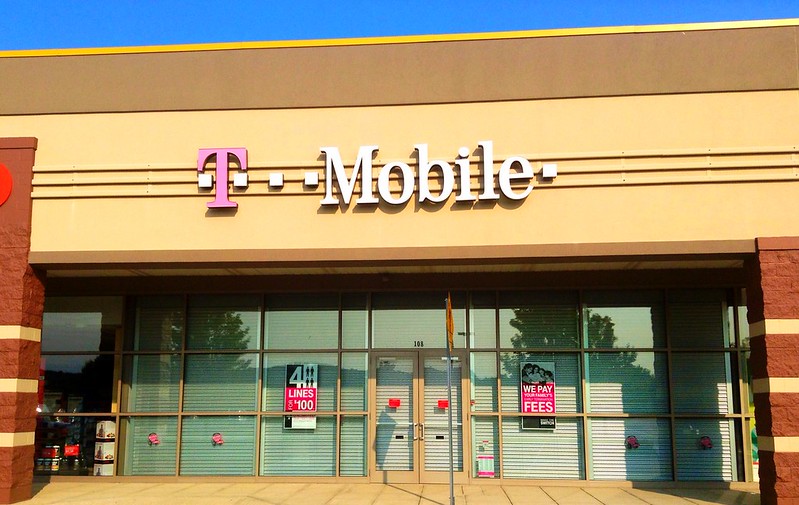Picture this: you’re clutching your reusable tote bag, eyes gleaming at that bright “Senior Discount Wednesday” sign, thinking you’ve unlocked life’s greatest hack. But hold up—before you swap your latte for a cheaper one, let’s talk turkey (or tofu scramble). Sometimes, these “golden years” perks sneakily sneak dollars right out of your wallet. From pricey memberships to convoluted coupon rules, here are 14 “senior discounts” that, spoiler alert, might actually cost you more than they save.
1. AARP Membership Fees vs. Actual Savings

Joining AARP seems like a no-brainer at $16 a year—free coffee refills, hotel perks, and amazon deals, oh my! But if you’re not using even half of the offers, that annual fee starts to feel more like a chore than a charm. According to Consumer Reports, many subscribers end up paying more in membership dues than they save on discounts, especially if they’re only eyeing one or two deals. They highlight that unless you’re redeeming multiple high-value offers each year—think free hotel rooms or significant travel credits—the math rarely breaks even.
In real talk, if your only plan is a discount at a local diner or spas you never visit, that $16 becomes a mystery disappearance act in your bank statement. Even worse, some deals have blackout dates or minimum spend thresholds that make snagging the discount feel like winning a lottery you didn’t buy a ticket for. So unless you’re a deal-hunting ninja who’d max out every perk, look before you leap into that AARP sign-up line.
2. “Senior” Travel Insurance Premiums That Skyrocket

Travel insurance is supposed to be your safety net, but for seniors it can feel more like a financial abyss. Rates for 65+ travelers can jump to as much as 7%–10% of your trip cost, which means a two-week vacation could tack on hundreds of dollars in premiums. A NerdWallet study found the average senior trip policy costs around $389 for a 10-day European getaway—way steeper than plans for younger travelers.
And get this: some policies layer on extra fees for medical age riders, baggage loss, and trip interruption, so by the time you’ve read the fine print you’re practically financing a second vacation. Unless you’re globetrotting enough to justify those premium prices, you might be pouring more into peace of mind than it’s actually worth.
3. Grocery-Store “Senior Day” Markups and Overspending

You spot that 10% off sign at the supermarket and feel like a budgeting hero—until you realize the discounted aisle is riddled with premium-priced items that quietly padded their tags for “senior day.” An AARP investigation revealed shoppers often buy more high-margin items on discount days, wiping out any real savings . It’s basically the ultimate retail brain trick: lure you in with a percent off, then watch you fill your cart with stuff you didn’t need.
By the time you’re at checkout, you’re shelling out extra for that artisanal cheese you wouldn’t touch outside of “sale” territory. Plus, if the discount only applies to certain brands or sizes, you can end up paying full price for staples and only saving a buck or two on the rest.
4. Drugstore Senior Discount Days—and Catchy Caveats

Every Tuesday, Walgreens and Joann Fabric flash a 20% off sign for seniors, and you think you’ve struck gold. But research from the Washington Post shows those days often exclude sale items, clearance racks, and special orders—so anything “worth buying” is off-limits. You end up paying full price for essentials, only to save on the random half-off greeting card you didn’t even need.
To top it off, these discounts usually hit midweek—prime time for stores to clear out least-popular stock—so you’re choosing from the leftovers. And if you drive just to catch that Tuesday deal, you might spend more in gas than you save at the register.
5. Premium Memberships for “Senior-Friendly” Streaming Deals

Some streaming platforms tout senior-friendly rates or free add-ons for older subscribers, but here’s the tea: those “discounted” plans often lock you into annual pre-payments and limited device access. Good Housekeeping notes that the so-called “reduced” rate can run you $80–$100 upfront, versus month-to-month plans that are cheaper if you cancel during off-peak seasons.
Plus, if you share your account across devices, the cheaper tier usually cuts stream quality or concurrent streams, turning movie night into a buffering nightmare. So unless you’re a solid binge-watcher committed to year-long subscriptions, the “deal” might actually feel like a rip-off.
6. AAA “Senior” Discount Memberships That Don’t Pay Off

Sure, AAA has roadside assistance and travel perks, but their senior-tier discount barely trims the membership fee—and the real value is in the services you rarely use. Membership starts at around $65 a year, and the senior “discount” barely dips that price, making it tough to recoup unless you actually require multiple tow trucks or hotel upgrades annually.
Meanwhile, local towing companies and independent travel clubs often have pay-per-use models that end up being far cheaper if you only need the occasional jump-start or roadside delivery. So unless you’re charting cross-country road trips every other month, AAA’s “senior” savings might leave you stranded financially. In many areas, AAA tow times can be longer during peak seasons, leaving you stranded longer than a standalone service would. Some members report that AAA’s customer service lines get tied up, causing delays in assistance. As a result, the perceived “value grid” tilts further away from your favor.
7. Cinema “Senior Matinee” Tickets—and Upsell Overload

Going to an early movie sounds idyllic, but the catch is a matinee ticket is often for second-run flicks or theaters with limited seating. Then they peddle VIP snacks at premium prices—because you’re already in the building, right? Popcorn for “just” $8, sodas for $6, and suddenly that $2 senior discount on your ticket looks laughable.
Plus, most theaters require you to buy the senior matinee ticket in person, so you lose all the convenience perks of online booking and reserved seating. Before you know it, you’ve spent more on concessions and impulse merch than you ever saved on that ticket stub. On top of that, some theaters restrict senior matinee showings to less popular screens, so you end up watching older movies in outdated auditoriums. Concession stands near these screens are often understocked, forcing you to trek across the lobby for snacks. Your “early bird” movie experience can quickly turn into a series of small inconveniences that chip away at your enjoyment.
8. Airline “Senior Fares” with Hidden Taxes and Fees

A handful of airlines flaunt special fares for seniors, but those tickets often pack in extra booking fees, seat selection charges, and non-waivable change penalties. You think you’re snagging a $20 cut, only to see $50 in “service” and “processing” fees pop up at checkout.
And let’s be real—if you need to move your flight or switch seats, these “discounted” fares usually become cork-screws of extra charges. The final bill? Higher than any “regular” fare you could’ve snagged with a family member or student discount. Plus, these special fares rarely earn you frequent-flyer points, so your loyalty program balance barely grows. You could miss out on complimentary upgrades and lounge access that come with regular fare purchases. Ultimately, you might spend more chasing the deal than you would on a refundable economy ticket.
9. Hotel Chains’ “Golden Guest” Rates and Blackout Madness

Major hotel chains offer “senior” rates, but they come with blackout dates during holidays and peak season—precisely when you want a staycation. You find a charming deal for $99 a night, but it’s only valid January through March, so you end up booking full-price stays in July and August anyway.
And if you’re loyal enough to rack up points, these senior rates often disqualify you from earning rewards, turning your aspirational free weekend into a costly fantasy. Some of these senior rates also disqualify you from suite upgrades and complimentary breakfast, features that typically make a stay feel worth the splurge. Loyalty points earned on discounted rates often accrue at a slower rate, prolonging the time until your free night. All in all, the “golden years” banner feels a bit tarnished when your hotel perks take a backseat.
10. Theme Park “Senior Splash Day” Tickets That Drown You in Fees

Some theme parks let seniors pay a reduced admission on select days, but they charge extra for parking, lockers, and any “special experience” add-ons—like a photo package or priority access. You might save $10 on the ticket, only to spend $25 on parking and another $15 on a single locker.
You might save $10 on the ticket, only to spend $25 on parking and another $15 on a single locker. And if you decide to splurge on a “senior guide” or souvenir lanyard, that tiny discount is evaporated faster than you can say “Mickey ears.” Rides that are closest to the entrance—where the discount applies—are usually the least thrilling anyway. The lines for any “premium” experiences can be double what you’d expect, making you question the real value of the senior day pass. By the time you’ve factored in all the extra expenses, you’re practically funding the park’s next attraction build.
11. Car-Rental Senior Discounts with “Per Day” Pitfalls

Car-rental companies tack on fees per day for senior drivers, labeling them as “insurance surcharges” to justify otherwise standard rates. Your base rate might shave off a few dollars, but watch out for that daily surcharge that bills you an extra $7–$10—quickly eclipsing any ticket discount you thought you had.
By trip’s end, you’ve paid for a “safe senior driver” package that ends up costing more than a full-coverage insurance policy would on your own. Many agencies also enforce a strict fuel policy that charges exorbitant rates per gallon for any unfilled tank. You might find yourself paying more in “fuel surcharges” than your discounted rental days saved. It’s a bait-and-switch that turns your road trip into a lesson in hidden fees.
12. Bank Account “Golden Years” Packages Filled with Fees

Banks love to pitch seniors on special checking accounts with free checks and waived overdraft fees—except they raise the minimum balance requirement. Fall below it, and those overdraft charges latch back on, plus you still pay service fees. Suddenly, your “fee-free” account is the priciest checking you’ve ever had.
On top of that, fewer branch locations for “senior services” can mean you’re forced onto high-fee ATMs or snail-mail statements, so the supposed perks feel like a mirage in your online banking portal. Online and mobile banking interfaces for these senior accounts can also be less user-friendly, as banks sometimes sunset older platforms without upgrading the senior-specific portals. When you need assistance, customer service might reroute you to general lines, negating any perceived personal touch. In practice, your “premium” account feels more like a locked-down one.
13. Cell-Phone “AARP” Plans with Data Caps and Speed Bumps

Some carriers offer AARP members “discounted” plans, but they cut your data speed after you hit 2GB, so you’re throttled into loading screens and spotty calls unless you pay up. What starts as a $5/month discount becomes a $10–$15 surcharge when you inevitably need more data.
And if you try to upgrade mid-cycle, you’re hit with proration charges that make your bill jump higher than it ever would with a regular plan. Coverage maps for these discounted plans may also omit newer tower rollouts, leading to unexpected dead zones. Some carriers throttle data speeds even below advertised rates, dragging download times to a crawl. You end up toggling airplane mode hoping to reset the sluggish connection.
14. Gym “Silver Sneaker” Memberships Locked Behind Annual Dues

“Silver Sneakers” might sound dreamy, but that free gym access through Medicare Advantage is packaged with an annual admin fee at many gyms—plus you’re limited to certain locations. If you want the fancy classes or 24/7 access, you pay extra on top of your original membership.
This article is for informational purposes only and should not be construed as financial advice. Consult a financial professional before making investment or other financial decisions. The author and publisher make no warranties of any kind.








